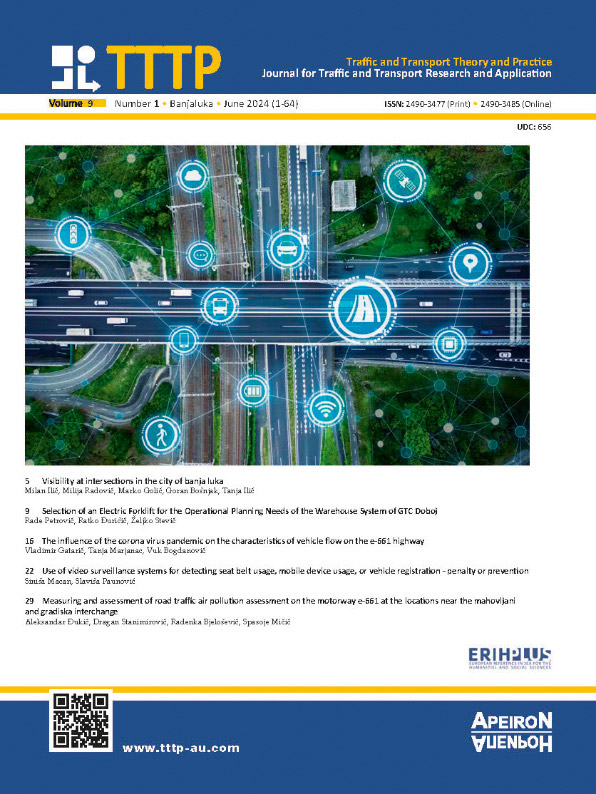Autonomous vehicles in road traffic
DOI:
https://doi.org/10.7251/JTTTP2401042RKeywords:
information integration, artificial intelligence, autonomous vehicles, road traffic, robotic vehiclesAbstract
The tendencies in further technological development and across all branches of industry are well-known worldwide, with a focus on the advancement of robotics and artificial intelligence. Over the years, there has been significant progress in the development of robotics, coupled with increased human awareness of its potential applications. Consequently, we find ourselves in a period where the commercialization and widespread utilization of artificially intelligent machines in human environments have become a reality. Among the significant applications of robotics in human lives is the utilization of robotic vehicles, commonly referred to as autonomous vehicles, in traffic management.
The implementation of new technologies aims to address various challenges in transportation, including congestion reduction, cost optimization, safety enhancement, and mitigation of environmental impact. This endeavor involves the integration of telecommunications, electronics, and informatics with traffic engineering principles for effective planning, design, and management of traffic systems. Such integration leads to improved efficiency and safety within the traffic system, while also yielding positive environmental outcomes.
